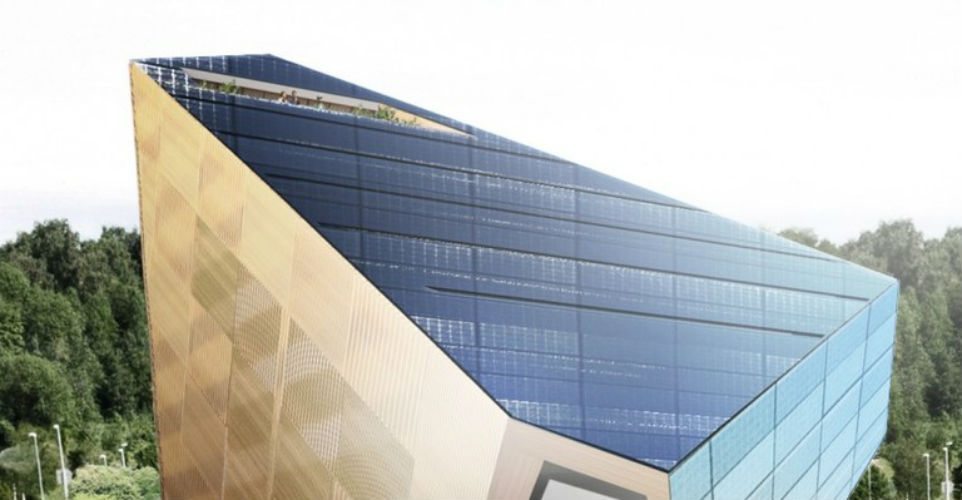In the United States, nearly half of all carbon dioxide (CO2) emissions are generated by buildings. In fact, buildings are cranking out CO2 almost as quickly as cows, cars, and industrial operations combined. That’s not surprising when you consider that seventy-five percent of all electricity produced in the U.S. is used to operate buildings. Developers, architects, and environmentalists in Norway are familiar with these statistics and are banding together to create solutions. Powerhouse, a collaboration of several companies, is combining diverse knowledge from different sectors to develop buildings capable of generating more energy than they consume.
Currently, Powerhouse is working on projects wherein the finished buildings will have zero emissions and zero energy consumption. The collaboration aims to create the most sustainable buildings ever made by utilizing renewably-sourced materials, cutting-edge building techniques, and renewable energy technologies.
At this stage, Powerhouse has successfully modified two existing structures to reduce energy consumption by 90 percent. The project, titled Kjorbo, is the world’s first energy-positive building capable of producing more than it consumes. The structure utilizes geothermal energy, rooftop solar panels, and thermal insulation to heat and cool the space while providing 200,000 kWh each year, double the amount needed for the building to operate.
Powerhouse buildings must adhere to strict quality control standards including the implementation of the best RFI software for schedule management and overall project success. The Powerhouse collaboration considers all aspects of the construction process, including how the materials will be transported, how the steel is manufactured, and even how the building will be demolished. Such rigorous standards have also led to the creation of Drobak, another Powerhouse project to be utilized as a school. Drobak will create nearly 30,500 kWh of energy each year by harvesting solar electricity. The school will be the most environmentally-friendly in Norway, thanks in part to its use of solar and geothermal energy.
The world’s demand for power is expected to double in the next fifteen years. To help lessen the energy required from buildings, Powerhouse is working with other architectural firms, such as Harvard’s HouseZero, to encourage innovation throughout the sector. Collaborations which incorporate technology, technique, and innovation may be our best hope for decreasing energy demands while the population continues to grow.











